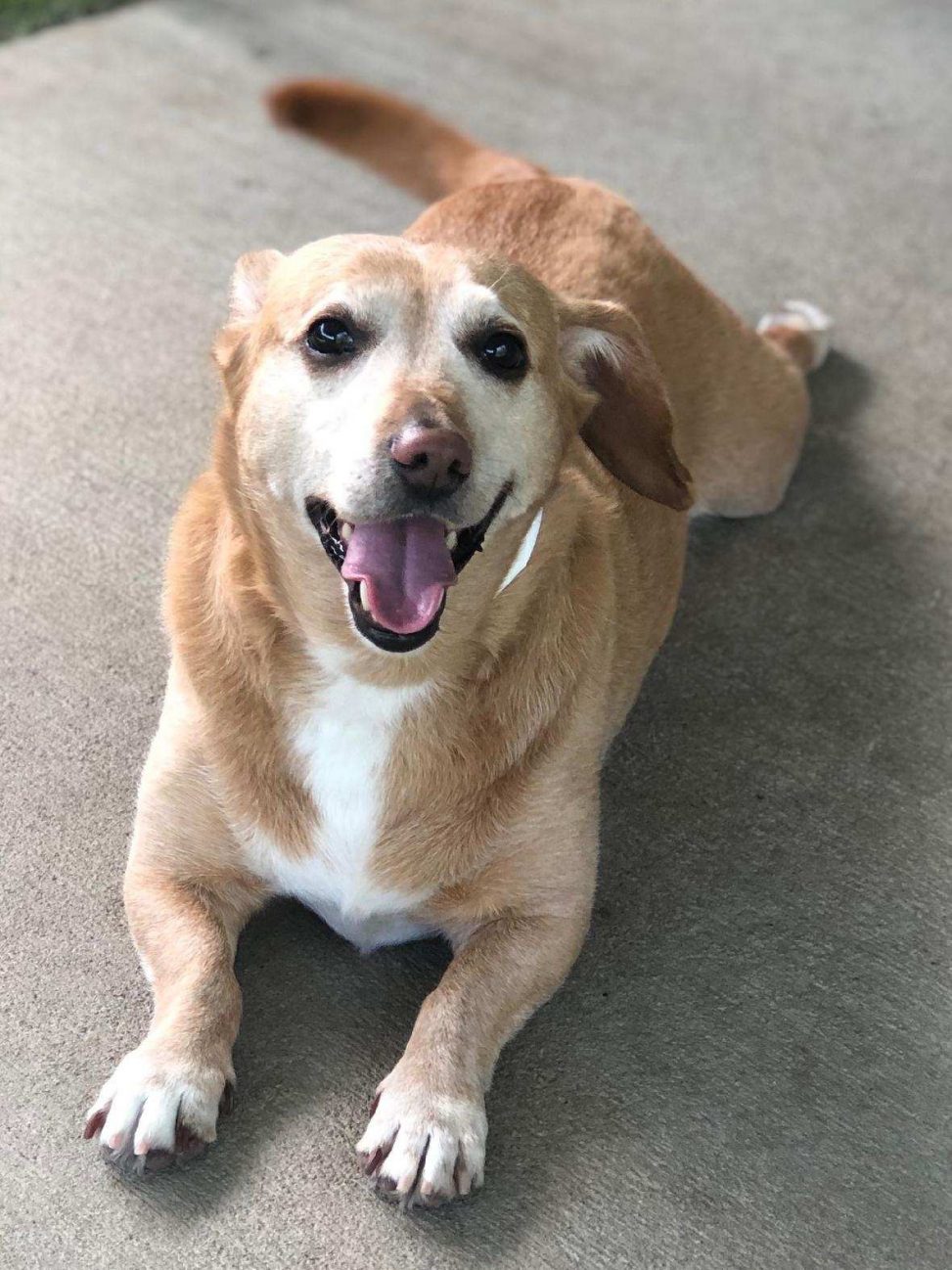This week I had the opportunity to interview Professor McKiernan about her dog Abbey. Abbey is a 7-year-old dachshund lab mix and she loves to communicate with her family. Abbey loves to let her family know her needs in the best ways. If she needs to go outside, she will stand right at the door to let you know. Abbey follows a daily routine from walks in the morning to dinner time in the evening.
Abbey loves to look out the window and watch people go by but, if she sees people walk by while she is on her leash, she will pull and bark to greet them. She is a little bit scared of trash cans and does not like when they are brought up from the curb. She knows a bunch of words like walk, outside, dinner, breakfast, and cookie. Abbey loves her cookies!
Dogs have always been known to communicate to their owners in nonverbal ways, mainly through body language. We know if a dog is wagging it’s tail it is excited or having a good time, we know if a dogs tail goes in between its legs it may be scared, when their ears perk up we know they are on high alert. There are a countless number of ways dogs can communicate with us. There are 5 different types of canine communication signals such as: fearful communication, arousal communication, anxious communication, aggressive communication, and relaxed communication. When a dog is scared, they may tuck their tail, lick his lips, or even yawn when not tired all to signal fear. When a dog is aroused, we may see tail wagging in excitement and jumping for attention from humans. When a dog is anxious, we may see excessive panting, pacing, lack of focus, etc. If a dog is scared, we see that they tend to see them growl or show their teeth. Finally, if a dog is relaxed, we see an open mouth, a loose body, and often lying down. (Home, 2020)


Source:
Home. (n.d.). Retrieved October 2, 2020, from https://centerforshelterdogs.tufts.edu/dog-behavior/dog-communication-and-body-language/

Leave a Reply